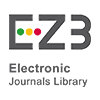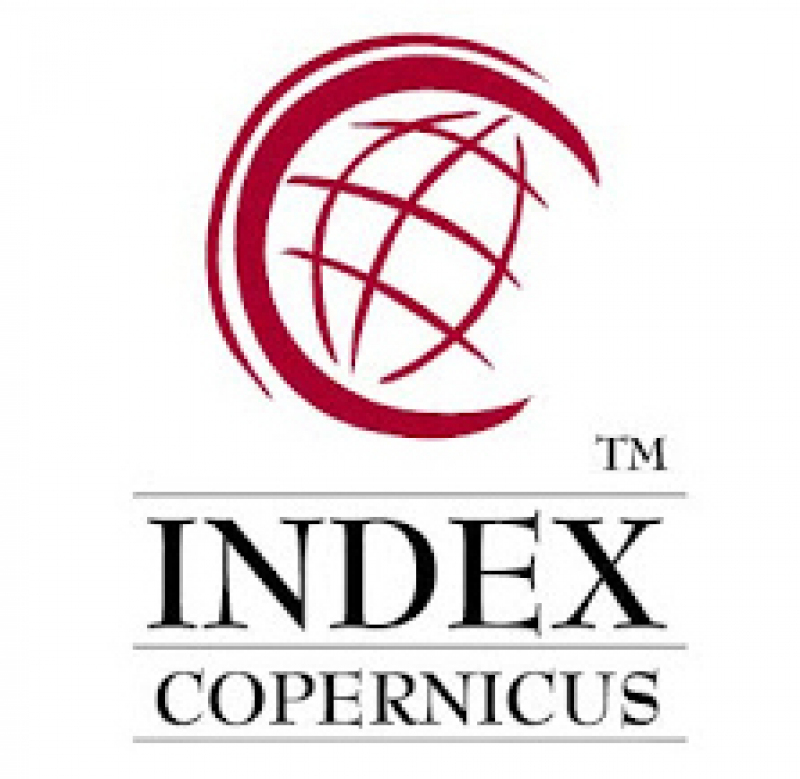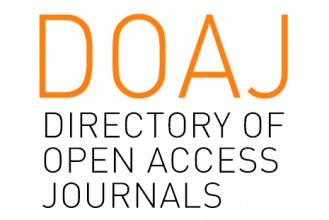Comparison of Mortgage Rights Mechanisms in Indonesian and Common Law Legal Systems
Abstract
This article discusses the comparison between the mortgage rights mechanism in the Indonesian legal system (Hak Tanggungan) and the mortgage system in common law. The main focus lies on the legal characteristics of each system, such as the nature of the right, publicity principle, executory power, debtor protection, and the separation of ownership. Through a normative juridical and comparative law approach, it is found that the Indonesian system emphasizes legal certainty and execution efficiency, while the common law system tends to offer greater protection to debtors through the principle of equity of redemption and the separation of legal and equitable ownership. These differences reflect contrasting orientations between procedural efficiency and substantive justice in protecting the rights of parties in secured transactions.
Keywords
Full Text:
PDFReferences
Gray, K., & Gray, S. F. (2011). Elements of Land Law (5th ed.). Oxford: Oxford University Press.
Land Registration Act (2002) (UK), Sections 27–28.
Megarry, R., & Wade, H. W. R. (2012). The Law of Real Property (8th ed.). London: Sweet & Maxwell.
Smith, L. (2017). Property Law (3rd ed.). London: Routledge.
Subekti. (2008). Fundamentals of Civil Law. Jakarta: Intermasa.
Law of the Republic of Indonesia Number 4 of (1996) concerning Mortgage Rights over Land and Objects Related to Land. State Gazette of the Republic of Indonesia Year (1996) Number 42, Supplement to the State Gazette Number 3632.
DOI: http://dx.doi.org/10.18415/ijmmu.v12i6.6872
Refbacks
- There are currently no refbacks.
Copyright (c) 2025 International Journal of Multicultural and Multireligious Understanding

This work is licensed under a Creative Commons Attribution-NonCommercial-NoDerivatives 4.0 International License.
https://ijmmu.com
editor@ijmmu.com
facebook.com/ijmmu
Copyright © 2014-2018 IJMMU. All rights reserved.



































